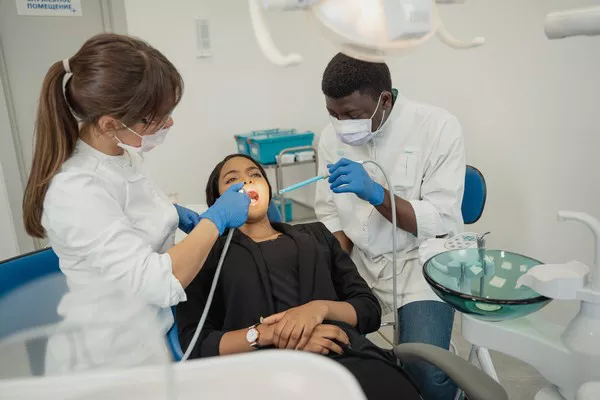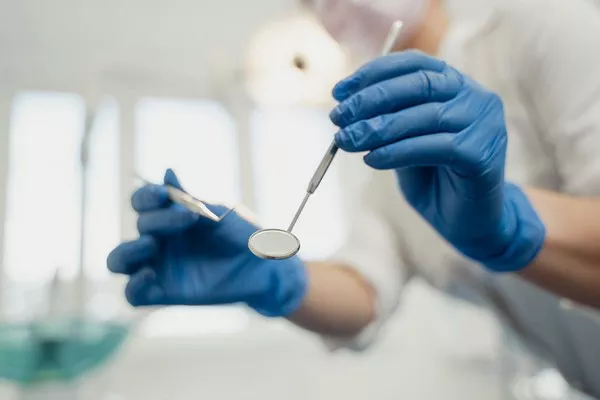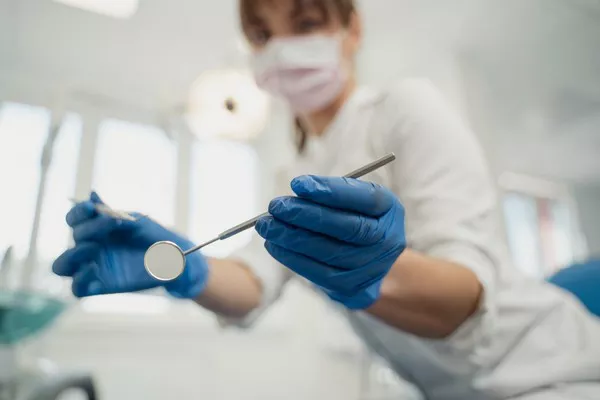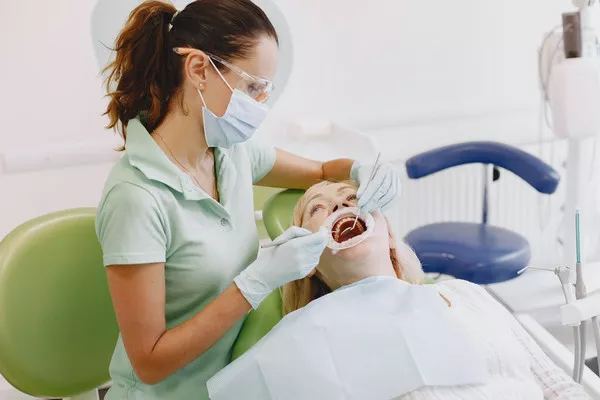Yellow teeth can significantly impact your self-esteem and confidence. Fortunately, there are several practical steps you can take to help restore the natural brightness of your smile. In this article, we will provide valuable insights into how to address yellow teeth, including preventive measures, lifestyle modifications, and professional treatment options. By understanding these strategies, you can embark on a journey towards achieving a brighter, more radiant smile.
1. Maintain Excellent Oral Hygiene
One of the fundamental ways to help yellow teeth is to establish and maintain proper oral hygiene practices. Here’s what you can do:
Brush Regularly:
Ensure you brush your teeth at least twice a day using a soft-bristled toothbrush and fluoride toothpaste. Brushing helps remove surface stains that contribute to yellowing teeth.
Floss Daily:
Regular flossing is crucial for cleaning between teeth and along the gumline, where plaque and debris tend to accumulate. This helps prevent the development of stains and discoloration in hard-to-reach areas.
Use Mouthwash:
Incorporate an antimicrobial mouthwash into your daily routine. Mouthwash helps reduce bacteria in the mouth, freshens breath, and assists in maintaining a clean and healthy smile.
Don’t Forget Your Tongue:
Gently brushing or using a tongue scraper can help remove bacteria and debris from the surface of your tongue, reducing the risk of discoloration.
2. Modify Dietary Habits
Certain dietary choices contribute to yellow teeth. By making mindful adjustments, you can help diminish staining effects. Consider the following:
Limit Staining Foods and Drinks:
Reduce your consumption of dark-colored beverages such as coffee, tea, red wine, and cola. These drinks contain chromogens, pigmented compounds that can adhere to tooth enamel and cause staining. If you do indulge, try using a straw to minimize contact with your teeth.
Rinse Your Mouth:
After consuming staining foods or beverages, rinse your mouth with water. Swishing water around helps remove residual particles and reduce the chances of staining.
Increase Crunchy Fruits and Vegetables:
Incorporate more crunchy fruits and vegetables into your diet, such as apples, carrots, celery, and broccoli. These natural “scrubbers” stimulate saliva production and act as gentle abrasives, helping to remove surface stains.
3. Professional Teeth Whitening
When it comes to treating yellow teeth, professional teeth whitening procedures can provide effective and long-lasting results. Consider the following options:
In-Office Teeth Whitening:
Your dentist can perform an in-office whitening treatment that typically involves the application of a bleaching agent onto your teeth. This is followed by the use of a special light or laser to activate the whitening process. In-office whitening often produces immediate and noticeable results.
Take-Home Whitening Kits:
Dental professionals can prescribe take-home whitening kits that allow you to whiten your teeth in the comfort of your own home. These kits contain custom-fitted trays and professional-grade bleaching gel, offering convenience and flexibility.
4. Cosmetic Dentistry Options
In cases where traditional teeth whitening methods may not be sufficient, cosmetic dentistry procedures can help address severe tooth discoloration. Explore the following options:
Dental Veneers:
Veneers are thin, custom-made shells crafted from porcelain or composite resin. They are bonded to the front surface of your teeth, effectively covering any imperfections, including discoloration. Veneers provide a natural-looking, white smile that can last for many years.
Dental Crowns:
Crowns are tooth-shaped caps that completely encase damaged or discolored teeth, improving both appearance and function. They are particularly useful when tooth discoloration is caused by factors such as dental trauma or internal staining.
Composite Bonding:
This procedure involves applying a tooth-colored resin material to the tooth’s surface, which is then shaped and polished to match the surrounding teeth. Bonding can be used to address minor surface stains and improve tooth color.
5. Regular Dental Check-Ups
Routine dental check-ups play a vital role in maintaining oral health and addressing yellow teeth. Here’s why they are important:
Professional Cleaning:
Dental cleanings by a hygienist remove stubborn plaque, tartar, and surface stains that cannot be eliminated through regular brushing and flossing alone. This helps restore the natural brightness of your teeth.
Early Detection and Treatment:
Regular dental visits allow your dentist to identify any underlying causes of tooth discoloration early on. By addressing these issues promptly, you can prevent further damage and employ appropriate treatment options.
Conclusion
Remember, it’s important to consult with a dental professional to determine the best course of action for your specific situation. They can assess the cause of your yellow teeth and provide personalized recommendations to help you achieve a brighter smile.
Related Topics:





























